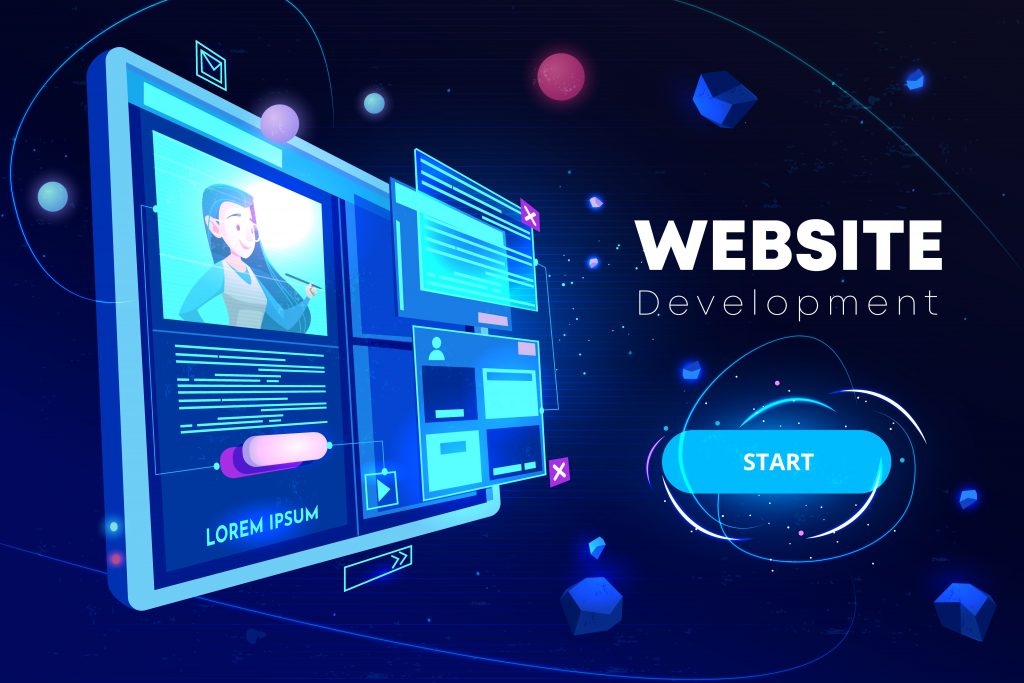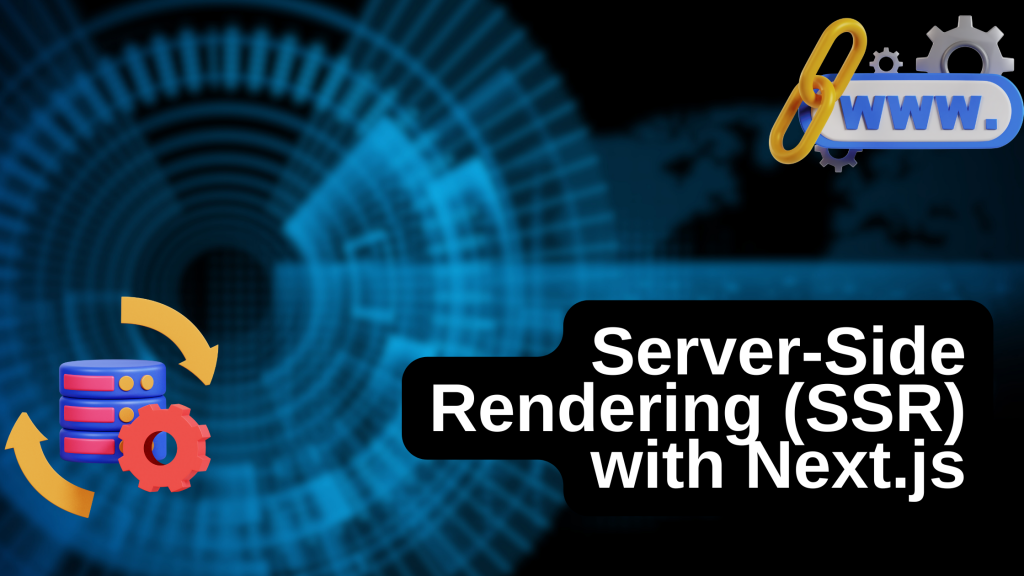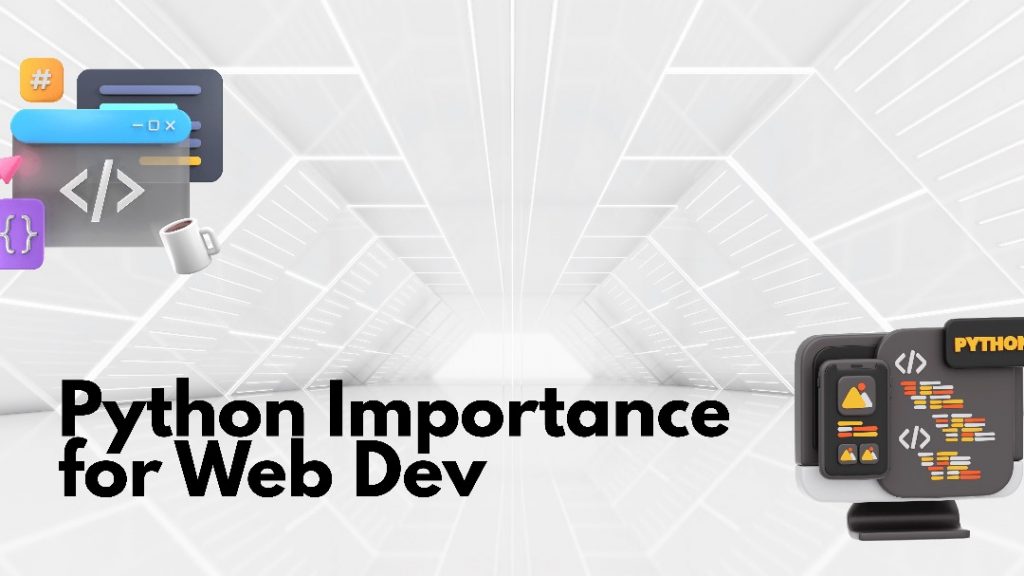In web development, frontend and backend are terms you’ll hear often. While they work together to create functional websites and apps, they focus on very different aspects of the development process. Understanding the difference can guide aspiring developers and businesses in making the right decisions.
What is Frontend Development?
The frontend is everything users interact with directly. Often called the “client-side”, it handles the visual and interactive elements of a website or app.
Key Points About Frontend Development:
Focus: Visuals, Layout, and User Experience
Frontend developers create interfaces that are visually appealing and easy to navigate. This includes colors, fonts, buttons, menus, and page layouts to ensure a smooth experience for users.
Technologies Used:
HTML: Provides the structure of a webpage (headings, paragraphs, images).
CSS: Styles the webpage by controlling colors, spacing, and layouts.
JavaScript: Adds interactivity, like pop-ups, sliders, and animations.
Frameworks & Libraries:
Tools like React, Angular, Vue.js, Tailwind CSS, and Bootstrap make it easier to build responsive, dynamic, and modern user interfaces quickly.
Goal:
The aim of frontend development is to deliver a user-friendly, visually appealing, and responsive interface that works across devices.
Think of the frontend as the storefront of a shop, what customers see, explore, and interact with.
What is Backend Development?
The backend is everything that happens behind the scenes, also called the “server-side.” It handles logic, data storage, and server operations that users don’t see but rely on.
Key Points About Backend Development:
Focus: Logic, Database Interactions, and Server Operations
Backend developers ensure that applications run smoothly. They handle calculations, data processing, and business logic so the frontend can display correct information.
Technologies Used:
Languages like Node.js, Python, PHP, Java, Ruby, and Go are used to write the code that powers server-side logic.
Databases:
Tools like MySQL, MongoDB, PostgreSQL, and Firebase store and manage data, such as user accounts, product inventories, and transactions.
Frameworks:
Frameworks like Express.js, Django, Laravel, and Spring Boot streamline backend development by providing pre-built structures and tools.
Goal:
The backend’s goal is to process requests, securely manage data, and deliver results to the frontend efficiently and reliably.
Think of the backend as the kitchen of a restaurant, customers don’t see it, but it’s essential for delivering the final product.
How Frontend and Backend Work Together
Imagine an online store:
You see products, search filters, and the cart button, that’s the frontend.
When you add an item to the cart or place an order, the backend processes your request, updates the database, and sends confirmation back to the frontend.
Together, frontend and backend form a complete user experience, combining what users see with the logic that makes it all function.
Which One Should You Learn?
Frontend: If you love design, creativity, and enhancing user experiences.
Backend: If you enjoy problem-solving, logic, and working with data.
Full-Stack: If you want skills in both frontend and backend, making you a versatile developer.
Final Thoughts
Frontend and backend are two sides of the same coin. The frontend ensures an enjoyable user experience, while the backend ensures the system works reliably behind the scenes. Both are essential in building the websites and applications we use every day.



